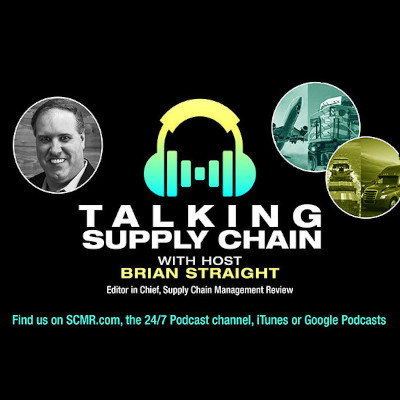On June 26, 1974, the universal product code barcode was scanned for the first time at Troy’s Marsh Supermarket in Troy, Ohio. That kicked off a 50-year run of the iconic barcode—that small square of vertical black and white lines that appears on nearly every item sold today.
The 1D barcode has proven its worth and allowed speedier checkouts and basic tracking information for brands for decades. But, like anything involving technology, society moves on.
“The OG of barcodes has been around for quite a long time and and done its job and done its job well. Does that mean it's just going to beep go away in 2027? Just really depends on what the brand wants to do,” explains Gena Morgan, vice president of standards at GS1 US.
Speaking on the Talking Supply Chain podcast, Morgan explains some of the history of the 1D barcode—did you know it originated as a drawing in the sand on Miami Beach—as well as why the move to a 2D barcode, in essence a QR code, is the right move for businesses.
“Everything begins and ends with the consumer, right? And there are more and more and more demands,” Morgan noted, mentioning supply chain tracking and inventory monitoring as one demand. “That's the business side of things. But the consumer is also demanding more information about those products.”
The 2D barcodes incorporate all of the same information in the original 1D version, but add the ability to code additional information, including data that can allow brands to react quickly to recalled items or ethical sourcing concerns.
In essence, technology has enabled a new era for the barcode.
Listen to more of the conversation with Gena Morgan today.
Subscribe to the Supply Chain Management Review podcast
Sign up today and get the next podcast episode sent to you. Subscribe via Apple and Google Podcasts or choose another podcast platform. Subscribe via RSS or download an MP3 or media file.Latest Supply Chain Management Review podcast episodes
Here are a few of our latest podcast episodes.- Talking Supply Chain: Visibility and external manufacturing.
- Talking Supply Chain: 2025 trends with Abe Eshkenazi.
- Frictionless Podcast: How the U.S. ExIm Bank Helps American Exporters.
- Talking Supply Chain: The top 3 risk trends for 2025.
- Talking Supply Chain: Assessing the freight market.
- Talking Supply Chain: Asking the right questions before a network move.
SC
MR

Subscribe

Supply Chain Management Review delivers the best industry content.

Editors’ Picks





